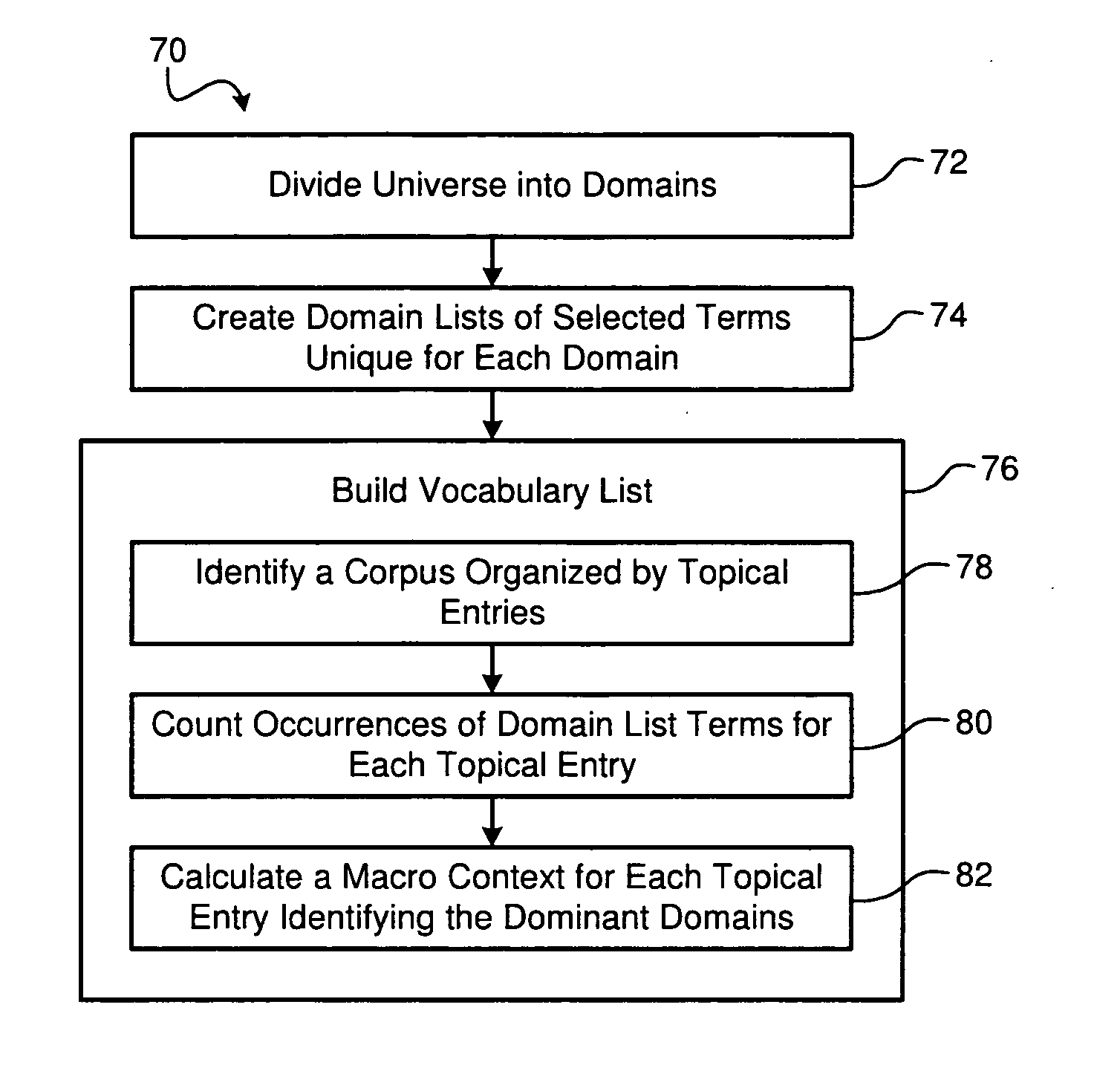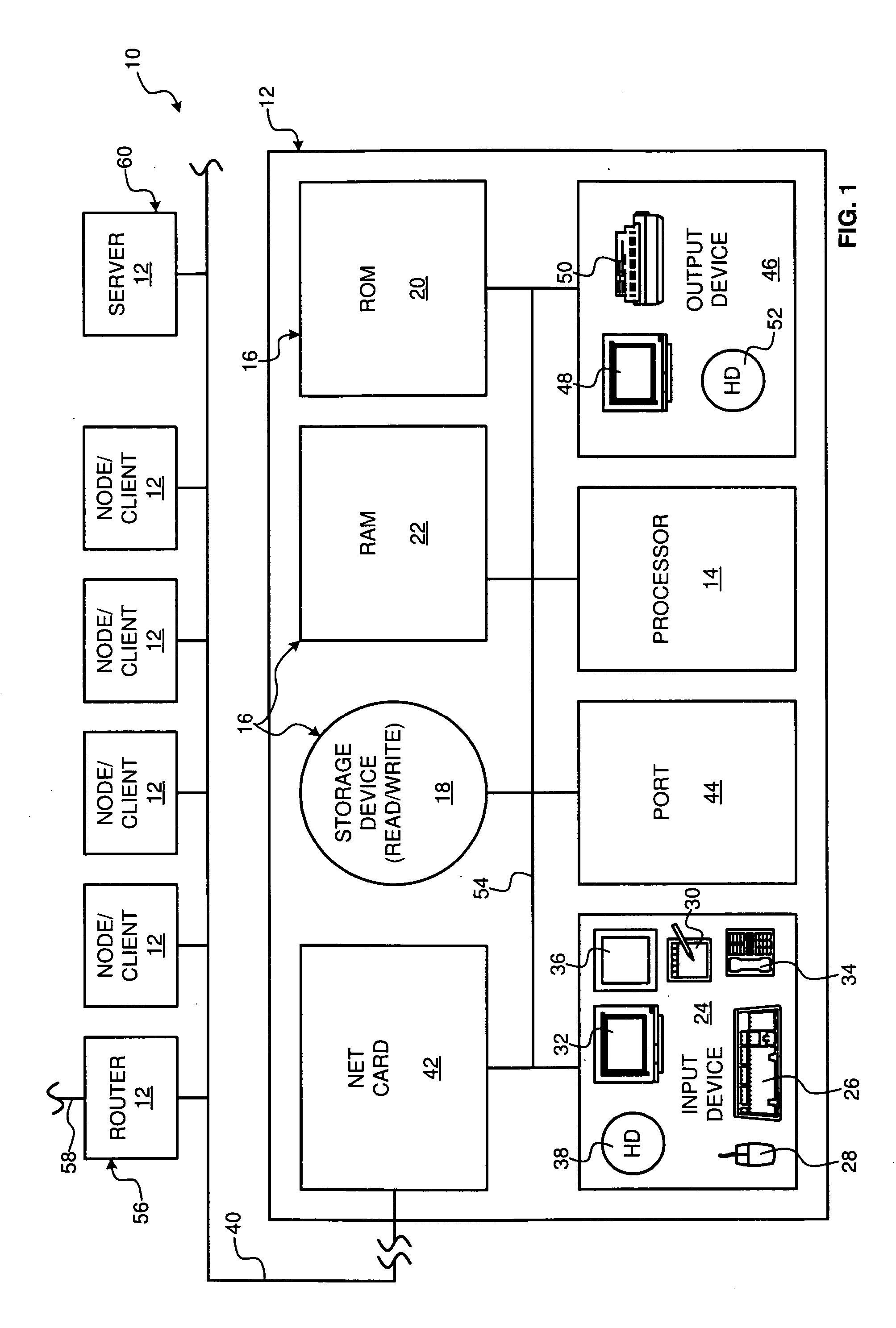User-context-based search engine
a search engine and user-context technology, applied in the field of data extraction tools, can solve the problems of no official catalog of information available on the internet, small databases and datastores, and time-consuming to locate a desired bundle of information among the millions of availabl
- Summary
- Abstract
- Description
- Claims
- Application Information
AI Technical Summary
Problems solved by technology
Method used
Image
Examples
example embodiment i
[0079] This embodiment of the invention relates to the field of on-line advertising, especially as it relates to personalization and sense analysis for advertisers'web sites. A big problem with the pay-per-click models used in online advertising is that they can be spoofed by people who are interested in costing online advertisers money instead of finding out more about their products. The present invention provides a system to certify that the user who is clicking though on the ad or link actually has a history of looking at similar domains in the past. With this history, or personalization profile, the user interaction rises to the level of “certified click.”
[0080] Every online advertisement has a destination URL. Each of these URLs can be semantically classified using a numerical vector that specifies membership in each of some number N of domains. For this invention, a domain can be defined as a partition of some semantic space of interest, where the partition is defined using a...
example embodiment ii
[0092] This embodiment of the invention relates to the field of text processing, specifically to the fields of semantic analysis and text classification. Semantic analysis of a block of text has the primary goal of extracting meaning, or manipulatable assertions, from the combination of words that make up the text. The extracted assertions may not be explicitly present in the text, and may need to be inferred from a body of prior experience. One of the most important problems that must be solved before non-explicit assertions are made about the text is that of domain identification. The present invention addresses that problem.
[0093] A domain can be defined as a set of base assertions that apply for a given situation, for example, when we are talking about music, we can state that notes, rests, harmony, and other music-related rules are important. We can talk about artists, songs, and genres. We can assume that the rules and constraints of the music publishing industry are importan...
PUM
 Login to View More
Login to View More Abstract
Description
Claims
Application Information
 Login to View More
Login to View More - R&D
- Intellectual Property
- Life Sciences
- Materials
- Tech Scout
- Unparalleled Data Quality
- Higher Quality Content
- 60% Fewer Hallucinations
Browse by: Latest US Patents, China's latest patents, Technical Efficacy Thesaurus, Application Domain, Technology Topic, Popular Technical Reports.
© 2025 PatSnap. All rights reserved.Legal|Privacy policy|Modern Slavery Act Transparency Statement|Sitemap|About US| Contact US: help@patsnap.com



